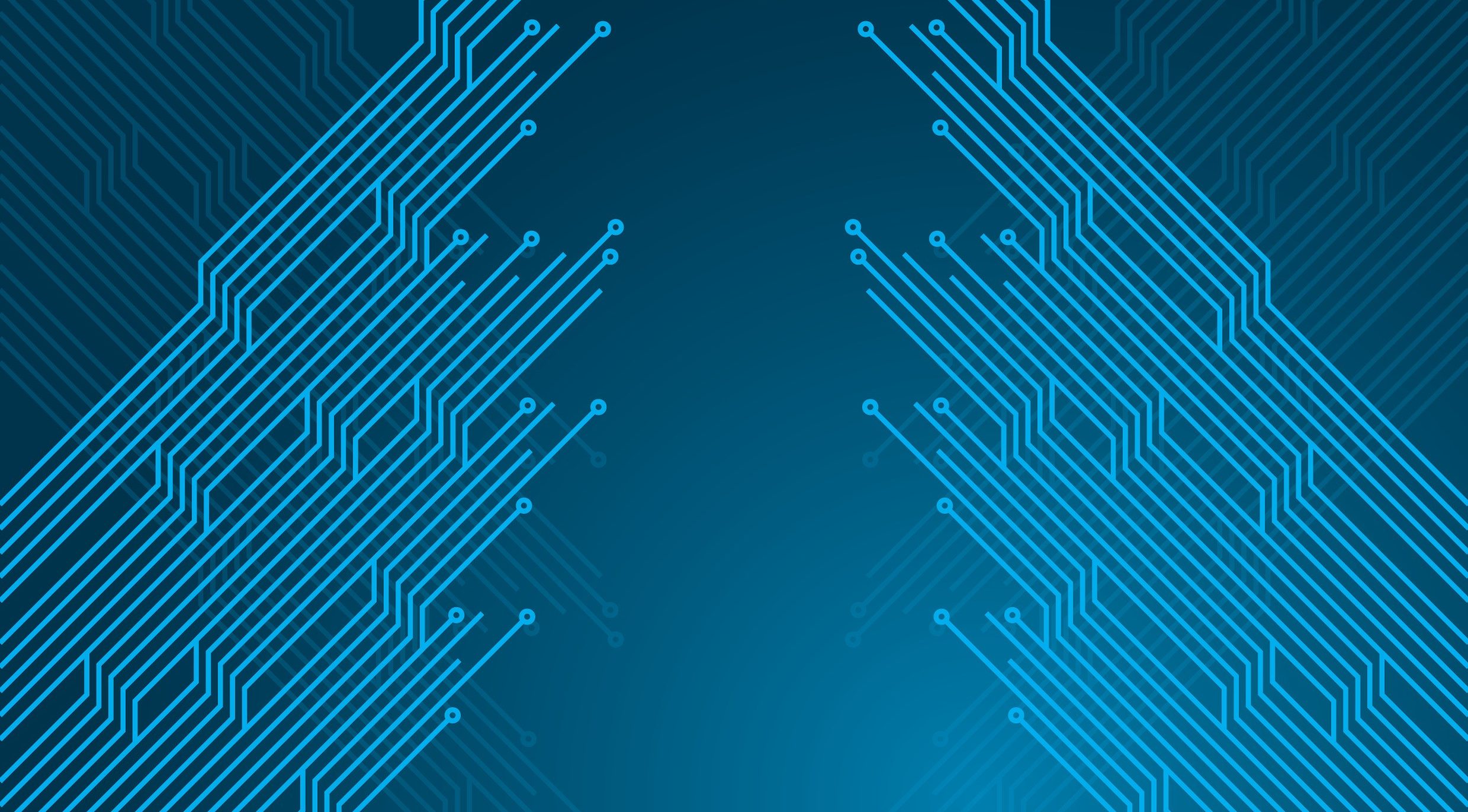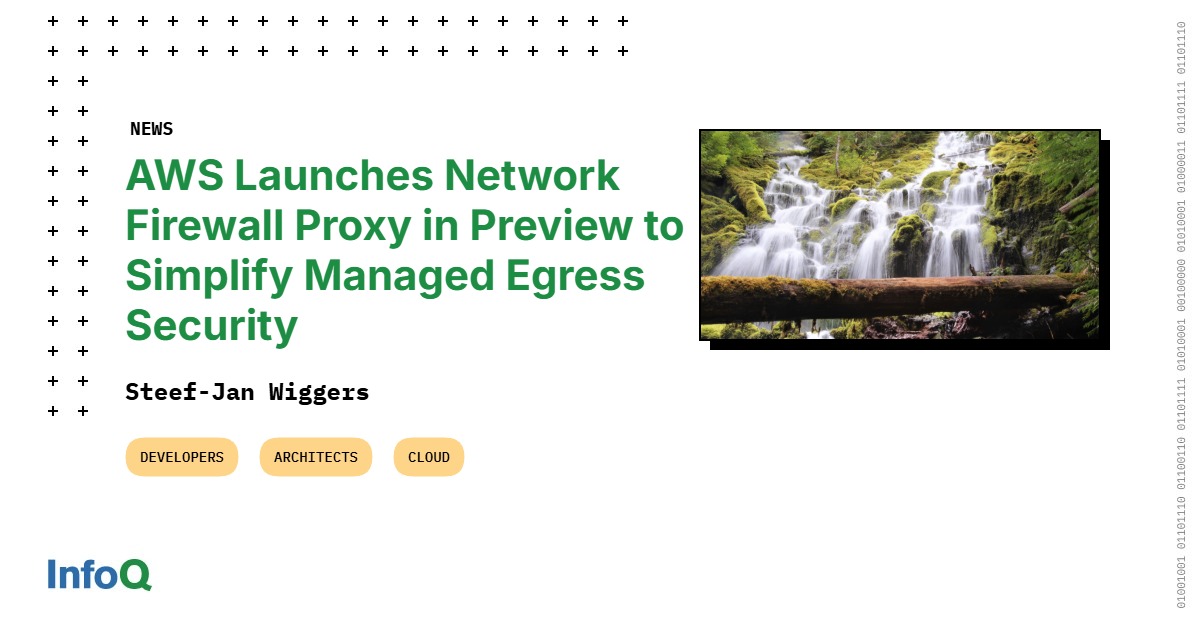Electricity bills are rising around the US, but they’re rising even more sharply in areas located near data centers, according to an investigation into power costs by Bloomberg. The price of wholesale electricity has increased by as much as 267% over the last five years in data center hot spots, according to the report, which also found that these costs are being passed on to home customers.
Data centers, which support functions such as cloud storage, video streaming, and AI training for companies of all sizes, consume tremendous amounts of electrical and water resources. Their electrical usage is estimated to double by 2035 as power plants expand to support our data needs.
Don’t miss any of our unbiased tech content and lab-based reviews. Add as a preferred Google source.
AI, in particular, including demands as simple and numerous as ChatGPT queries, relies on data centers. Companies with big bets on AI, including Microsoft, Meta, Google and Amazon, have invested in data centers and power sources, including nuclear power, to meet their energy demands. ChatGPT maker OpenAI, which is currently building a massive data center in Abilene, Texas, announced plans for five more supersized data centers across the US last week.
The Bloomberg investigation analyzed data from 25,000 nodes used by seven regional transmission authorities to estimate how much the price of wholesale power has changed since 2000. The report found that the spike in prices is affecting the cost of electricity for households and businesses, including fees to maintain and expand electrical networks.
“That can affect customers who aren’t in close proximity to a data center, since their energy relies on the same grid,” the story said.
Read more: AI Data Centers Are Coming for Your Land, Water and Power
Demand outstripping supply
One reason data centers are facing a crunch is that energy providers don’t just face the challenge of generating energy but must have the capacity to transmit that power.
“Generation and transmission constraints across the country are already limiting the growth of AI and data centers,” said James Russell, a principal at the consulting firm Charles River Associates. “The limiting factor for most data center projects is the ability to secure interconnection and power supply.”
Russell said that grid operators and planners across the country are upgrading to meet the growing needs of data centers, but this is happening on a scale “not seen in generations.”
“While AI data centers represent the majority of load growth in most service territories,” he said, “we are seeing additional industrial projects contribute to load growth as well.”
More efficient transmission technology and other solutions
As regional grids try to ramp up their power generation, they’re also looking at ways to work with what they have to avoid wasting energy and make their current infrastructure more efficient.
Much of that infrastructure was built 50 to 60 years ago and is “increasingly vulnerable and entirely analog,” said Jørgen Festervoll, CEO of Heimdall Power, an Oslo-based company that works on energy grid modernization.
“Utilities have no way of knowing how their grid is performing, if it’s damaged, or how much energy it can actually carry,” Festervoll said. New technologies that can help improve transmission efficiency include sensors that can give grid operators real-time data and detect things like sagging power lines or overheating before they cause outages.
Festervoll said that tech such as dynamic line rating, which he likens to “Apple Watch for the grid” can unlock 40% capacity for utilities.
“While new infrastructure is essential, it can take seven to 10 years to permit and build a new line — we simply don’t have that kind of time,” he said. “We have to optimize what we have.”
To get around the infrastructure constraints, some major tech companies are co-locating, or keeping their servers in data centers closer to power grids, and in some cases, helping subsidize data center builds and operations that other companies run, Russell said. Some are also engaging in so-called “behind the meter” energy generation by creating their own renewable energy arrays on-site near their data centers.
“Data center developers are taking an ‘all the above’ approach to enable speed to power,” he said.









